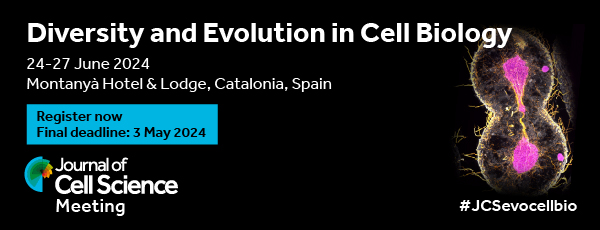
During Drosophila wing development, cytoskeletal rearrangements in the epithelium produce a fourfold increase in surface area and generate complex apical structures that support wing hairs. These occur as cuticle is secreted, after the first cuticle layer — cuticulin — has been laid down. Little is known about cuticulin deposition and how it affects the cytoskeletal changes below. Fernando Roch and co-workers have therefore examined the process in two fly mutants that have aberrant wing morphology: dusky (dy) and miniature (min). They observe that the two mutants secrete abnormal wing cuticle and exhibit profound cytoskeletal and apical membrane defects in the wing epithelium (see p. 1199). In addition, they demonstrate that, in wild-type flies, the Min and Dy proteins, and a related protein, Dusky-like, are expressed only in tissues that secrete cuticle. Sequence comparisons reveal that all three are transmembrane proteins that contain the zona pellucida (ZP) domain — a motif common in matrix proteins and present in the nematode cuticle component CUT-1. Roch and co-workers therefore conclude that these proteins form a subfamily of ZP-domain cuticulin/matrix proteins that coordinate interactions between the apical membrane and the cytoskeleton in the developing wing epithelium.








